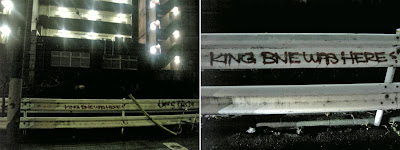
The lives of those cute dogs in Japan may not all be that rosy. There are indeed plenty of adorable looking dogs popping up from some girls' handbags in the metro, or ones peeking out of others' jackets. Like the character Claudia from Anne Rice's "Interview with a Vampire," these dogs' growth and development seem to have been arrested permanently, leaving them in a perpetual state of cuteness and cuddliness. I often wonder why I had not seen many of these while living in America, but perhaps this recent article from the New York Times may shed light on how and why these dogs came to be.
Click HERE to read the entire article, titled "Japan, Home of the Cute and Inbred Dog," by Martin Fackler (December 28, 2006). Photo above by Masafumi Yamamoto for the New York Times.























